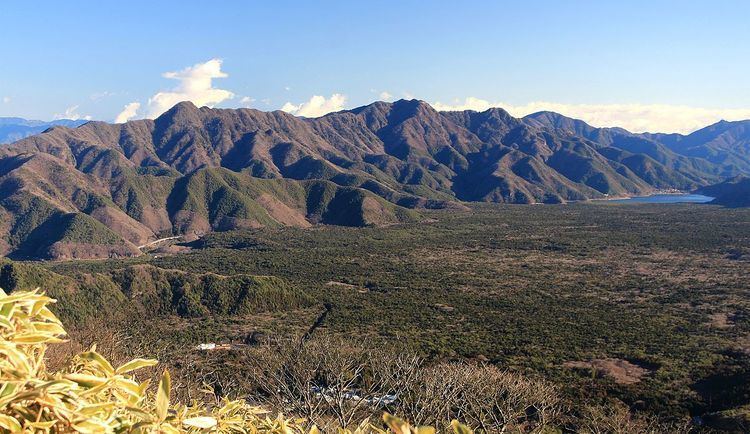Phone +81 555-72-3168 | ||
 | ||
Similar Mount Fuji, Saiko Lake, Lake Kawaguchi, Golden Gate Bridge, Narusawa‑hyōketsu | ||
Exploring suicide forest aokigahara japan
Aokigahara (青木ヶ原), also known as the Sea of Trees, is a forest on the northwestern flank of Japan's Mount Fuji thriving on 30 square kilometers (12 square miles) of hardened lava. The western edge of Aokigahara, where there are several caves filled with ice, is a popular destination for tourists and children on school trips. Parts of Aokigahara are very dense, and the porous lava absorbs sound, helping to provide visitors with a sense of solitude. Recent portrayals of Aokigahara in English-language movies as a place avoided by animals and where navigational compasses go haywire are false. The Aokigahara woods are home to deer, foxes, bears and many species of birds, which can be heard whistling and chirping. The needle of magnetic compasses will move if placed directly on the lava, but compasses should work fine if held at a normal height.
Contents
The forest has a historical reputation for paranormal activity and as a home to "yūrei" or ghosts of the dead in Japanese mythology. In recent years Aokigahara has become internationally known as one of Japan's most popular destinations for suicide, and signs at the head of some trails urges suicidal visitors to think of their families and contact a suicide prevention association.
Geography
The forest floor consists primarily of volcanic rock and is difficult to penetrate with hand tools such as picks or shovels. The forest itself is very dense, and one can get lost easily if leaving the official trails. Because of this, in recent years, hikers and tourists trekking through Aokigahara have begun to use plastic tape to mark their paths so as to avoid getting lost. Past the designated trails leading to tourist attractions such as the Ice Cave and Wind Cave, the first kilometer of the forest is littered with tape and other rubbish left by tourists, despite officials' attempts to remove it. After the first kilometer into Aokigahara towards Mount Fuji within the Fuji-Hakone-Izu National Park, the forest is in better condition, with little to no litter and few obvious signs of human presence.
Suicides
While Aokigahara has indeed become one of many destinations for suicide in Japan, English language bloggers, filmmakers and some traditional media have sensationalized the prevalence of suicide there. For example, Aokigahara is sometimes referred to as the most popular site for suicide in Japan even though there is little evidence to support that claim. In fact, available statistics show many more Japanese choose to end their lives by jumping in front of trains in Tokyo than by venturing to the slopes of Mount Fuji. While as many as 2,000 people a year kill themselves with trains in Japan annually, there were around 30 suicides documented every year in Aokigahara during the period leading up to 1988.
In 2003, 105 bodies were found in the forest, exceeding the previous record of 78 in 2002. In 2010, it was estimated that more than 200 people had attempted suicide in the forest, of whom 54 completed the act. Suicides are said to increase during March, the end of the fiscal year in Japan. As of 2011, the most common means of suicide in the forest were hanging or drug overdose. In recent years, local officials have stopped publicizing the numbers in an attempt to decrease Aokigahara's association with suicide.
The rate of suicide has led officials to place a sign at the forest's entry, written in Japanese, urging suicidal visitors to seek help and not take their own lives. Annual body searches have been conducted by police, volunteers, and attendant journalists since 1970.
The site's popularity has been attributed to Seichō Matsumoto's 1960 novel Kuroi Jukai (Black Sea of Trees). However, the history of suicide in Aokigahara predates the novel's publication, and the place has long been associated with death; ubasute may have been practiced there into the nineteenth century, and the forest is reputedly haunted by the yūrei of those left to die.
